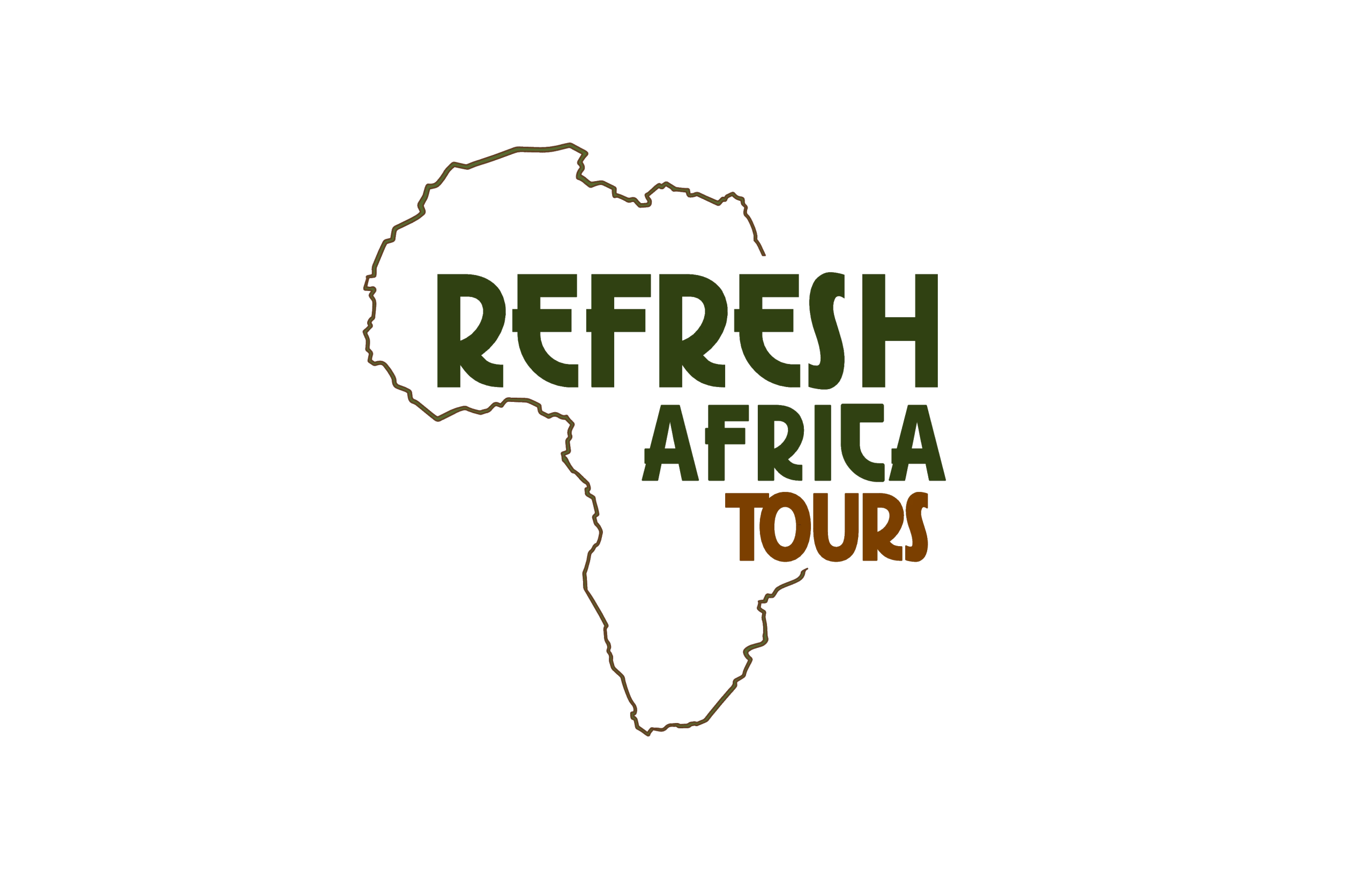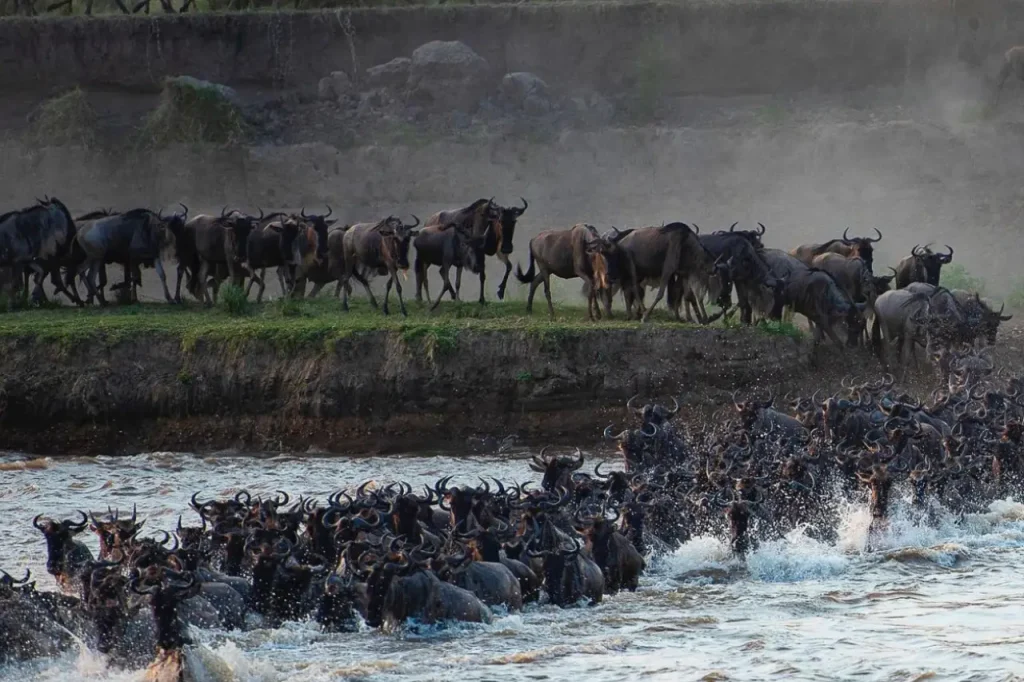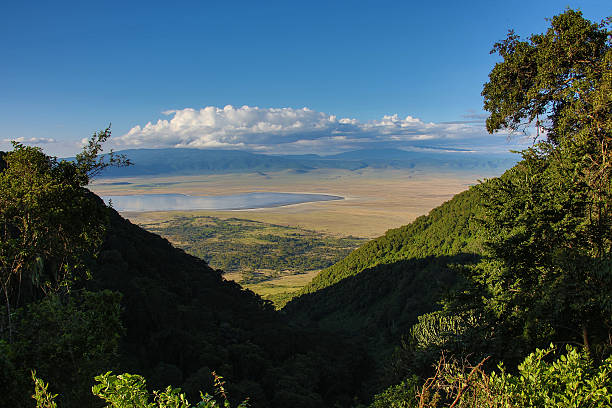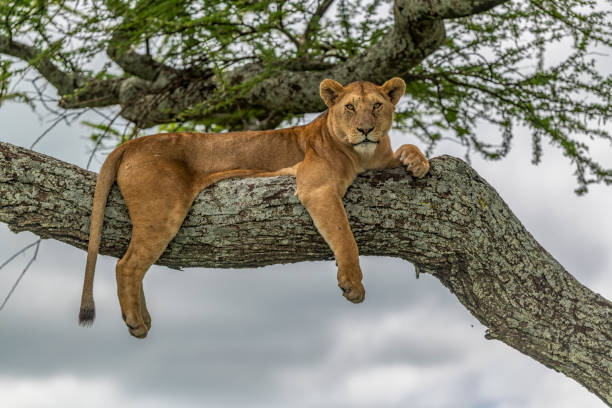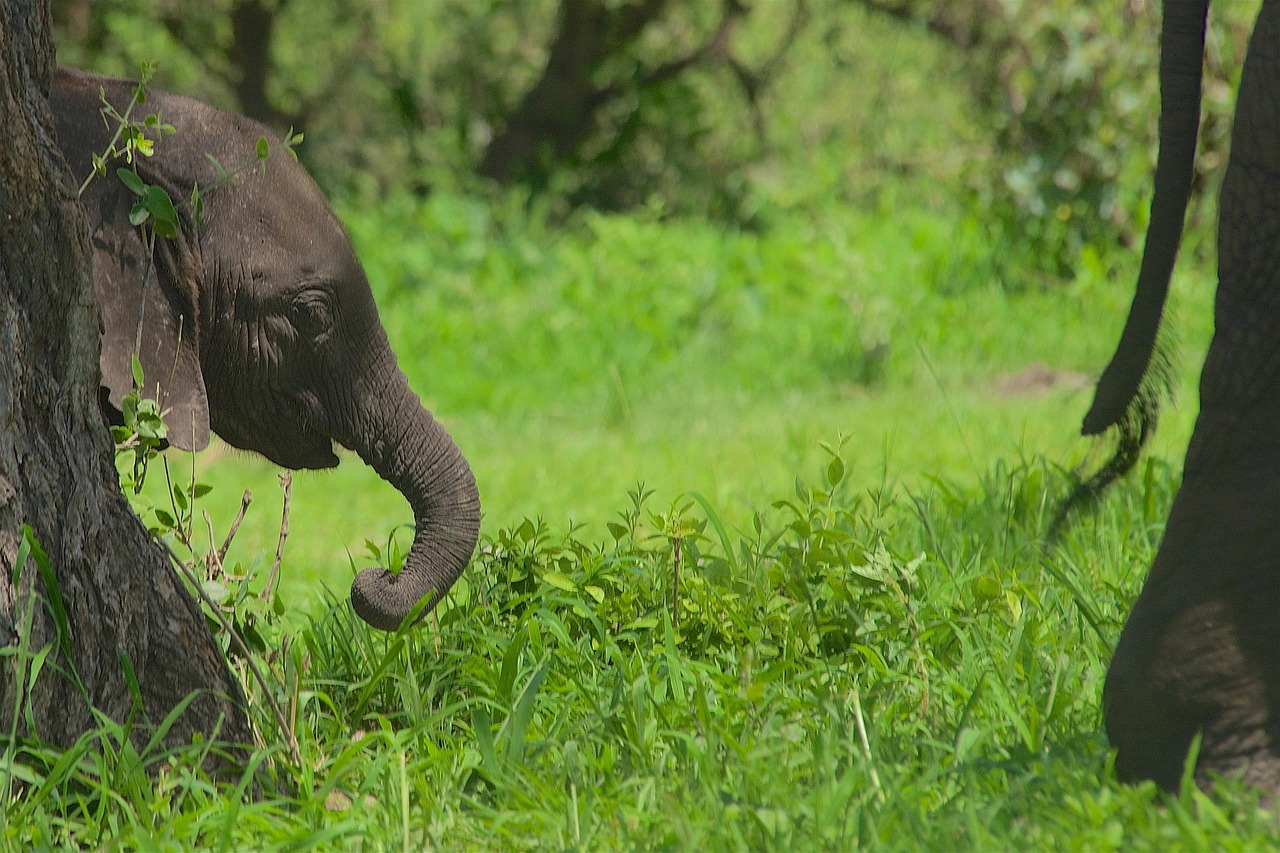MOUNT KILIMANJARO NATIONAL PARK
Mount Kilimanjaro - the highest mountain in Africa
Mount Kilimanjaro is the highest mountain in Africa and one of the most iconic travel destinations in the world. Standing at 5,895 meters (19,340 feet), it’s the tallest free-standing mountain on Earth. Located in northern Tanzania near the town of Moshi, Kilimanjaro rises above the clouds with snow-capped peaks and stunning views of the plains below.
The mountain has three volcanic peaks: Kibo, Mawenzi, and Shira. Kibo is the highest and home to Uhuru Peak, the summit of Kilimanjaro. Climbing Kilimanjaro is a dream for many travelers — it’s a challenging but non-technical trek, meaning you don’t need climbing gear or experience, just good fitness and determination.
As you climb, you pass through five different climate zones: farmland, rainforest, heath, alpine desert, and arctic summit. Each zone has its own beauty, from lush forests to rocky paths and icy glaciers. Kilimanjaro is not just a mountain — it’s a journey through nature, culture, and personal achievement.
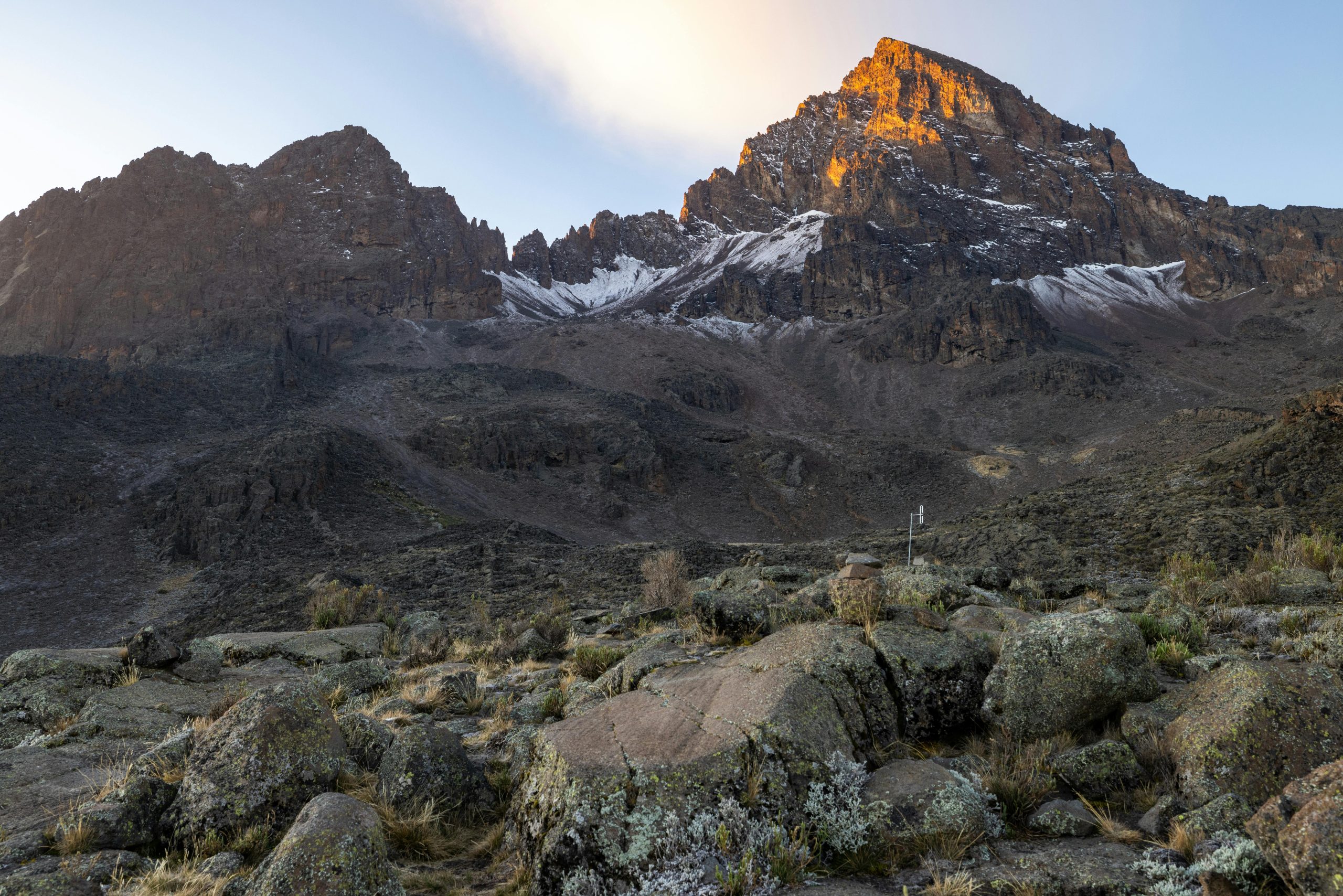
Best Time to Climb Mount Kilimanjaro
The best time to climb Kilimanjaro is during the dry seasons:
January to mid-March: Clear skies, mild temperatures, and fewer crowds.
June to October: Cooler weather, popular with many trekkers, and great views.
The rainy seasons (April–May and November) are less ideal due to slippery trails and cloudy views, but they offer quiet routes and lush scenery for experienced hikers.
Quick Facts About Mount Kilimanjaro
| Height | 5,895 meters (19,340 feet) |
| Location | Northern Tanzania, near Moshi |
| Date Established | 1973 (National Park) |
| UNESCO Status | World Heritage Site since 1987 |
| Main Peaks | Kibo, Mawenzi, Shira |
| Famous For | Africa’s highest point and glacier-capped summit |
| Climbing Routes | Machame, Marangu, Lemosho, Rongai, Umbwe |
Activities on Mount Kilimanjaro
Trekking to Uhuru Peak
Reach the summit and stand on the roof of Africa.
Multi-day Climbs
Choose from 5–9 day routes with guides and porters.
Nature Walks
Explore lower slopes with rich forests and waterfalls.
Bird Watching
Spot sunbirds, turacos, and other highland species.
Kilimanjaro Climbing Routes
Mount Kilimanjaro has several trekking routes, each with its own scenery, difficulty, and experience. Here are the most popular ones:
Marangu Route
Also called the “Coca-Cola Route,” it’s the only route with hut accommodation. It’s the shortest and most direct path to the summit, but has a lower success rate due to fast ascent. Good for budget travelers and those who prefer simple shelter over tents.
Machame Route
Known as the “Whiskey Route,” it’s scenic and popular. It takes 6–7 days and offers great views and good acclimatization. Trekkers sleep in tents and pass through varied landscapes. A favorite for first-time climbers.
Lemosho Route
One of the most beautiful and less crowded routes. It starts on the western side and joins the Machame path later. It takes 7–8 days and offers excellent acclimatization. Ideal for those who want a quieter and scenic trek.
Rongai Route
This route starts from the north, near the Kenyan border. It’s dry, less busy, and good during the rainy season. It takes 6–7 days and offers a gentle climb with great views of the plains.
Umbwe Route
The steepest and most direct route. It’s very challenging and not recommended for beginners. It’s short but has poor acclimatization. Best for experienced trekkers looking for a tough adventure.
Where to Stay on Mount Kilimanjaro
During the trek, climbers stay in mountain camps set along each route. Most routes use tented camps, where guests sleep in sturdy, weatherproof tents set up by the crew. These camps are basic but comfortable, with sleeping mats, warm meals, and shared toilet tents. On the Marangu Route, climbers sleep in wooden huts with bunk beds and simple dining halls. Each night, the team sets up camp at a higher altitude, helping guests rest and adjust as they climb toward the summit.
Mount Kilimanjaro packing guide
Clothing
Climbers need to pack clothes for both warm and freezing weather. Start with light shirts for daytime hiking, then add thermal base layers, a fleece or down jacket, and a waterproof outer layer for cold and wet conditions. A warm hat, gloves, sun hat, and sunglasses are essential. Good hiking boots and thick socks are a must, and gaiters can help keep dust and mud out.
Sleeping & Camp
During the trek, you’ll sleep in tents or huts depending on the route. A warm sleeping bag rated for –10°C or lower is important, along with a sleeping mat if not provided. A headlamp with extra batteries helps at night, and a small travel pillow adds comfort after long days of walking.
Personal Items
Bring basic toiletries like a toothbrush, toothpaste, wet wipes, and hand sanitizer. Sunscreen and lip balm with SPF protect you from strong sun and wind. A quick-dry towel is useful for freshening up, and toilet paper plus ziplock bags help with hygiene in remote areas.
Food & Hydration
You’ll need to drink plenty of water each day. Pack reusable water bottles or a hydration bladder that holds 2–3 liters. Some trekkers also bring water purification tablets. High-energy snacks like nuts, dried fruit, and energy bars are great for keeping your strength up between meals.
Other Essentials
A small daypack is used to carry your daily items, while a larger duffel bag is carried by porters. Trekking poles help with balance and reduce strain on your knees. Don’t forget your passport, travel documents, and some cash for tips. A camera or phone is great for capturing memories along the way.
